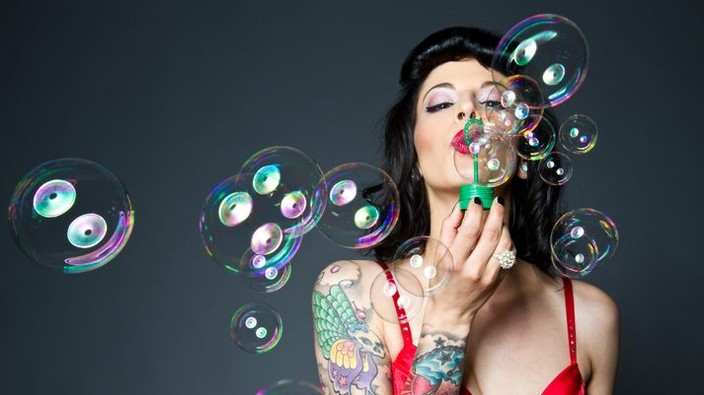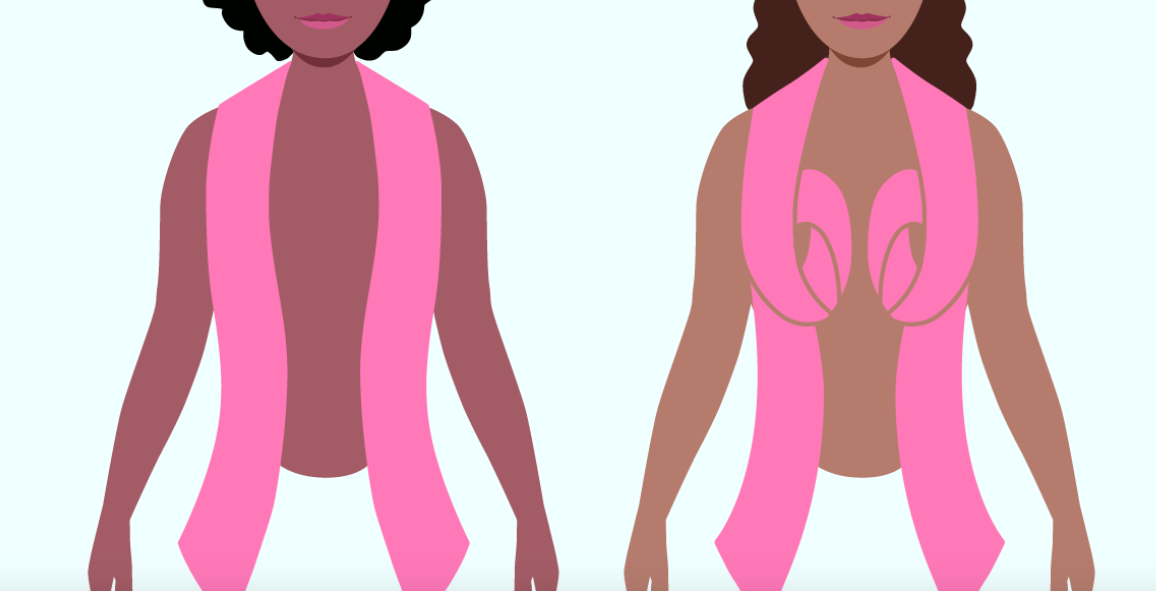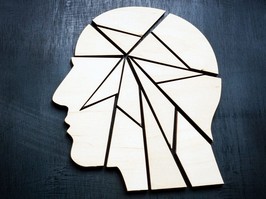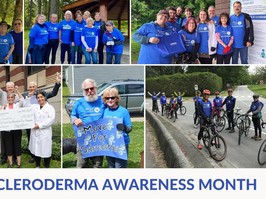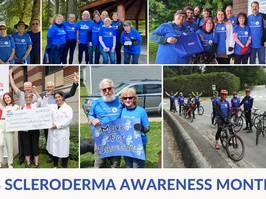Pete Davidson gets Kim Kardashian’s name branded on his chest
Pete Davidson had Kardashian’s first name branded on his chest. Learn how the branding process works and the risks involved with this body modification.
ADVICE: Does tattoo ink linger inside me?
There’s more to body art than self-expression, with research suggesting ink shows up in lymph nodes and elsewhere in the body.
Why aren't we supporting women who opt out of breast reconstruction?
It’s common wisdom among many that a woman will want to reconstruct her breast to feel more like her old self after breast cancer.
 6 minute read
6 minute read

